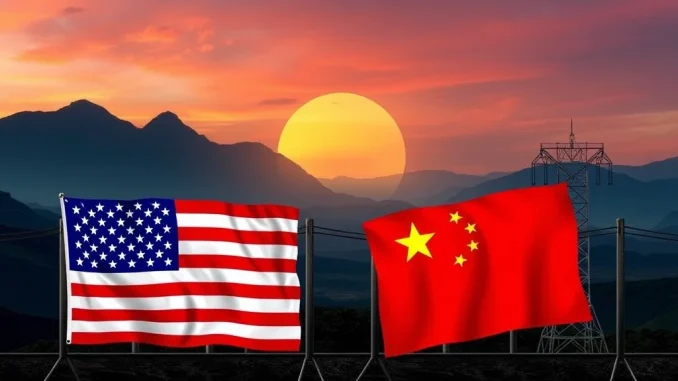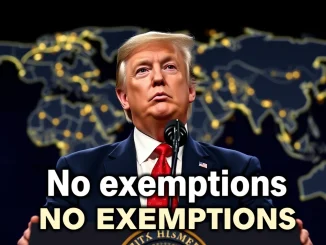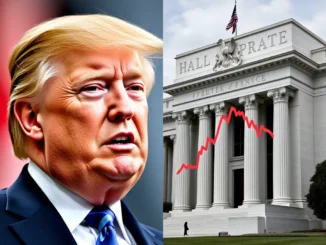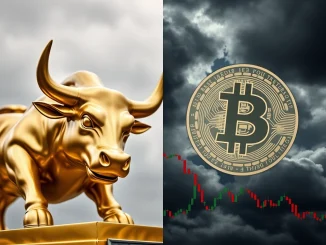
Global economic stability is a constant concern for market participants, including those in the cryptocurrency space. Shifts in major international relationships, particularly concerning US China trade, can send ripples through financial markets. Recently, China has voiced strong objections to specific US trade measures, highlighting ongoing tensions.
China’s Stance on US Section 232 Tariffs
He Yongqian, spokesperson for China’s Ministry of Commerce, has clearly articulated Beijing’s position regarding the United States’ implementation of Section 232 tariffs. These tariffs, applied to imports like cars, steel, aluminum, and pharmaceuticals, are viewed by China as detrimental to international commerce.
According to reports, Mr. He characterized these tariffs using strong terms:
- Measures of unilateralism
- Acts of protectionism
China argues that these actions not only harm other nations by restricting market access but also fundamentally undermine the established rules-based global trade system. Furthermore, Beijing contends that, contrary to stated goals, these tariffs ultimately do not provide a net benefit to U.S. industries in the long run.
Why Are These Tariffs a Point of Contention in China US Trade Relations?
Section 232 of the Trade Expansion Act of 1962 allows the U.S. President to impose tariffs or other restrictions on imports if they are deemed a threat to national security. The Trump administration notably used this section to impose tariffs on steel and aluminum imports from various countries, including China, citing national security concerns. The current administration has largely maintained these measures and applied others.
China views this application as a misuse of national security justifications for economic protectionism. This difference in perspective is a core reason for friction in China US trade relations. Beijing advocates for resolving trade disputes through negotiation rather than what it sees as punitive tariffs.
What Does China Want from US Trade Policy?
The message from China’s Ministry of Commerce is direct: lift the tariffs. China has explicitly urged the U.S. to remove these Section 232 measures. The call is for a return to dialogue and negotiation as the preferred method for addressing trade concerns between the two economic powerhouses. Beijing emphasizes the need for ‘equal dialogue’ to find mutually acceptable solutions.
The ongoing tension stemming from these tariffs and broader trade disagreements contributes to global economic uncertainty. For those monitoring markets, including cryptocurrencies, understanding these geopolitical and trade dynamics is crucial, as they can influence investor sentiment and capital flows.
Looking Ahead: The Path to Resolving US China Trade Issues
The current situation underscores the challenges in navigating complex international trade relationships. China’s public statement serves as a reminder of the deep divisions that persist despite periods of negotiation. The ball appears to be in the U.S.’s court regarding the potential lifting of tariffs and engaging in the ‘equal dialogue’ China seeks.
The resolution, or continued escalation, of these trade disputes will undoubtedly remain a significant factor influencing the health and predictability of the global trade system, with knock-on effects for economies worldwide and the markets they support.
In summary, China is pushing back forcefully against U.S. Section 232 tariffs, labeling them protectionist and harmful. Beijing’s call for dialogue highlights the desire for a different approach to managing China US trade relations. How the U.S. responds will be key in determining the future trajectory of these critical economic ties and the stability of the global trade system.




Be the first to comment